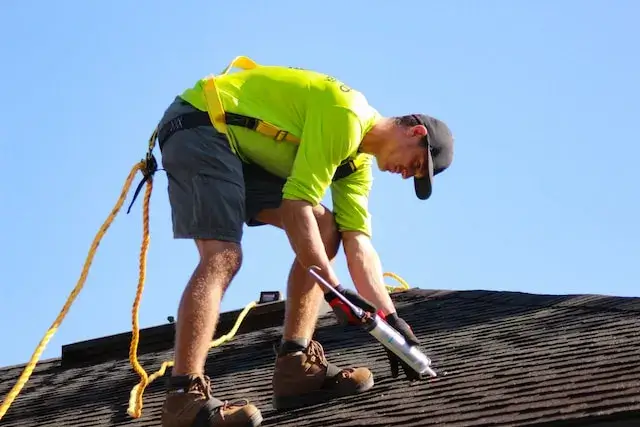Replacing a roof is a great investment and an essential part of maintaining the integrity and protection of your home. However, many homeowners need to correct their mistakes during the roofing replacement process, leading to costly repairs, diminished performance, and even premature roof failure.
This article will discuss four common roofing replacement mistakes that people make and guide on how to avoid them.
1. Choosing Inexperienced or Unqualified Contractors
One of the homeowners’ most significant mistakes is hiring inexperienced or unqualified contractors to replace their roofs. Selecting a reputable roofing contractor with a track record of successful projects and satisfied customers is crucial.
Take the time to research and gather multiple quotes from different top-quality roofing installation contractors. Look for certifications, licenses, and insurance coverage to ensure the contractor meets industry standards.
Additionally, seek references & reviews from previous customers, as they will provide valuable insights into the contractor’s workmanship and professionalism. Remember, a quality installation is essential for the longevity and performance of your new roof, so don’t compromise on the expertise and experience of the contractor.
2. Neglecting Proper Roofing Material Selection
Choosing the right roofing material is a critical decision that can significantly impact the performance and durability of your new roof. Unfortunately, many homeowners make the mistake of picking materials solely based on aesthetics or upfront cost without considering their suitability for the local climate, roof structure, and long-term maintenance requirements.
Each roofing material has its advantages and considerations; hence factors such as durability, energy efficiency, maintenance needs, and resistance to elements should be taken into account. Consult professionals to determine the best material options for your needs and budget. Consider the lifespan of the material, its warranty, and its ability to withstand local weather conditions.
3. Overlooking Proper Ventilation and Insulation
Proper ventilation and insulation are often overlooked during roof replacement, yet they are crucial in maintaining a healthy and energy-efficient home. Inadequate ventilation can lead to moisture buildup, which can cause damage to the roof structure and lead to mold growth.
Insufficient insulation can result in energy loss, leading to higher utility bills and decreased comfort. Therefore, during the roofing replacement, ensure proper ventilation systems, such as ridge vents or soffit vents, are installed to promote air circulation and prevent moisture buildup.
Also, discuss insulation options with your contractor to ensure your home meets the recommended energy efficiency standards. Proper ventilation and insulation will protect your new roof and enhance your home’s overall comfort and energy efficiency.
4. Failing to Address Underlying Roofing Issues
While a new roof may provide a temporary fix, underlying problems such as water damage, rot, or structural issues can compromise the integrity of the new installation. Hence, conducting an in-depth inspection of the existing roof is vital before proceeding with the roof replacement.
Identify and address any underlying issues to ensure the roof deck and supporting structure are in good condition. This may involve repairs, reinforcing the roof structure, or replacing damaged sections. By addressing these issues beforehand, you can avoid future complications and maximize the lifespan of your new roof.
If you follow the advice above, you can ensure a successful roofing replacement project that provides lasting protection and performance for your home. Remember, thorough research, proper planning, and professional guidance from reputable site like top-quality roofing installation, are crucial to avoiding common roofing replacement mistakes.
